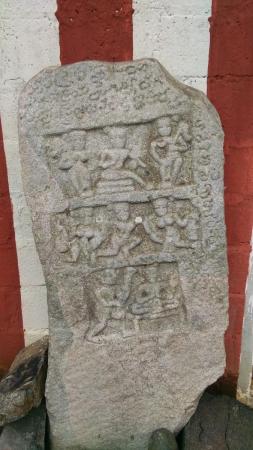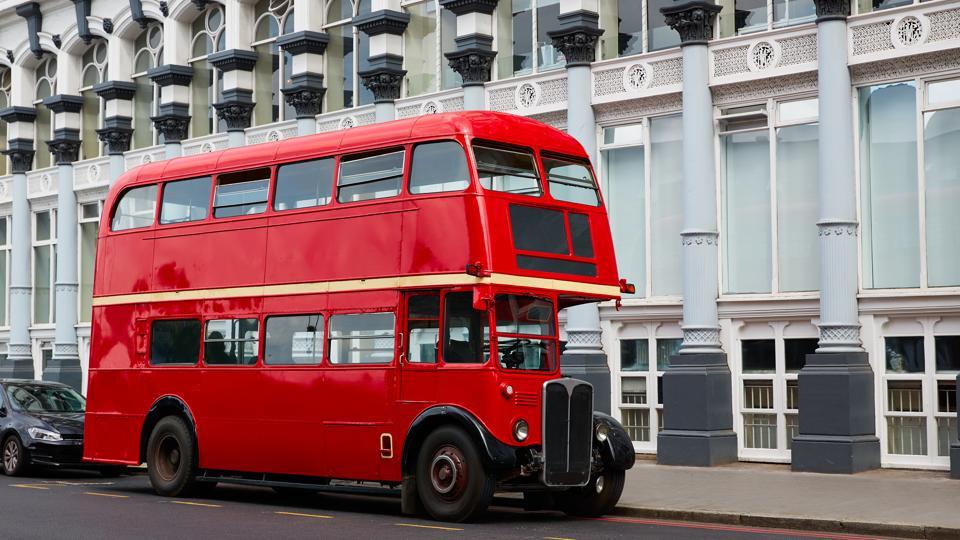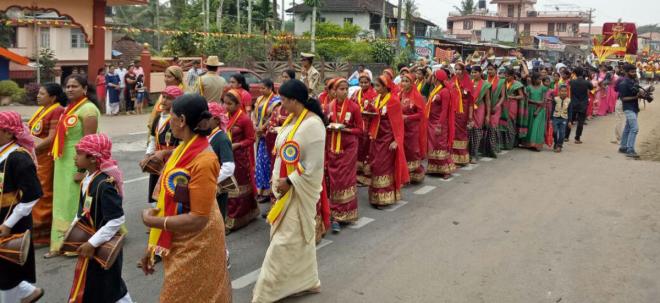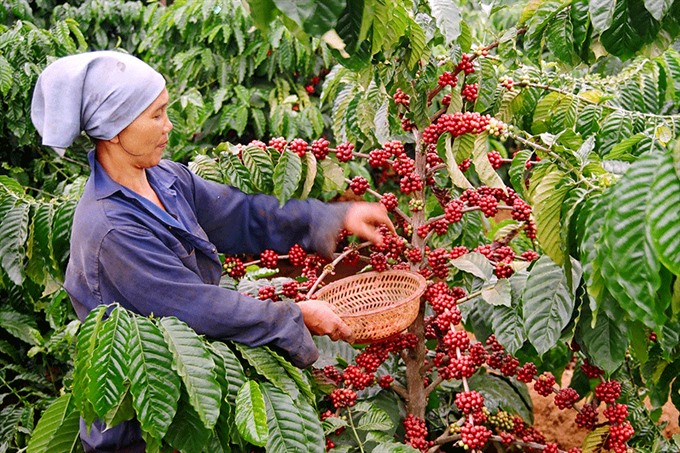Vividly pictured hero stones are not new in India but very few stones with inscriptions have been brought to light by scholars like Dr Chidanandamurthy, Dr Sheshashastri, Dr Devarakonda Reddy, Dr Lakshman Telagavi and others.
Historian Prof Murugeshi released a statement to the press which states that a unique self-sacrifice hero stone with some rare inscriptions was discovered at Basiruguppe in Torenuru grama panchayat near Kushalanagar of Somawarpet taluk in Kodagu.

A rectangular stone slab which is about four feet tall has been divided into four sections or panels. The top section has three lines while the fourth line is written on the left side of the stone.
The inscription has been written in the Kannada script of early 9th century AD. It reads: “Bhava gaavunda son of Naaka Shetty a chief of elephants, died and some land grants were given.”
The lower portion has an inscription of a self-sacrificing man seated on a legged cot folding his hands upright on his chest. He appears to be wearing a headgear like a peta and has his eyes shut. His peaceful appearance clearly indicates that he was ready to sacrifice his life.
A butcher is seen ready with a sword to behead the seated man. The second panel has a beheaded soul (in the form of men), taken by two Gandharva Kanyas (heavenly ladies) to heaven. In the third panel, he is seated on a two-tiered seat in Veerasana and has two female attendants on both sides standing with fly–whisk or Chowri.
In the early historical period, we find the practice of velevyali, lenka, garuda, shulabhrama, siditale, sati and nishadi and many more types of memorial stones in South India. The inscription under study belongs to velevyalis or lenka type of memorial stone. They were considered as sons of the royal home or mane magan, who sacrificed themselves in honour of their deceased royal persons, the scholars state.
The writing of the inscription had shown many similarities with the records of Gangas of Talakad. The name Anniga is also commonly found in Ganga records. In Coorg, many Ganga records already reported and it was a part of Gangavadi 96.000, an administrative unit of the Gangas of Talakad. Taking all these into consideration, the inscription under study is assignable to the Ganga period, the scholar added.
source: http://www.deccanherald.com / Deccan Herald / Home> District / DH News Service / Udupi – November 22nd, 2017






